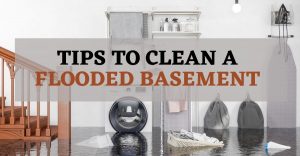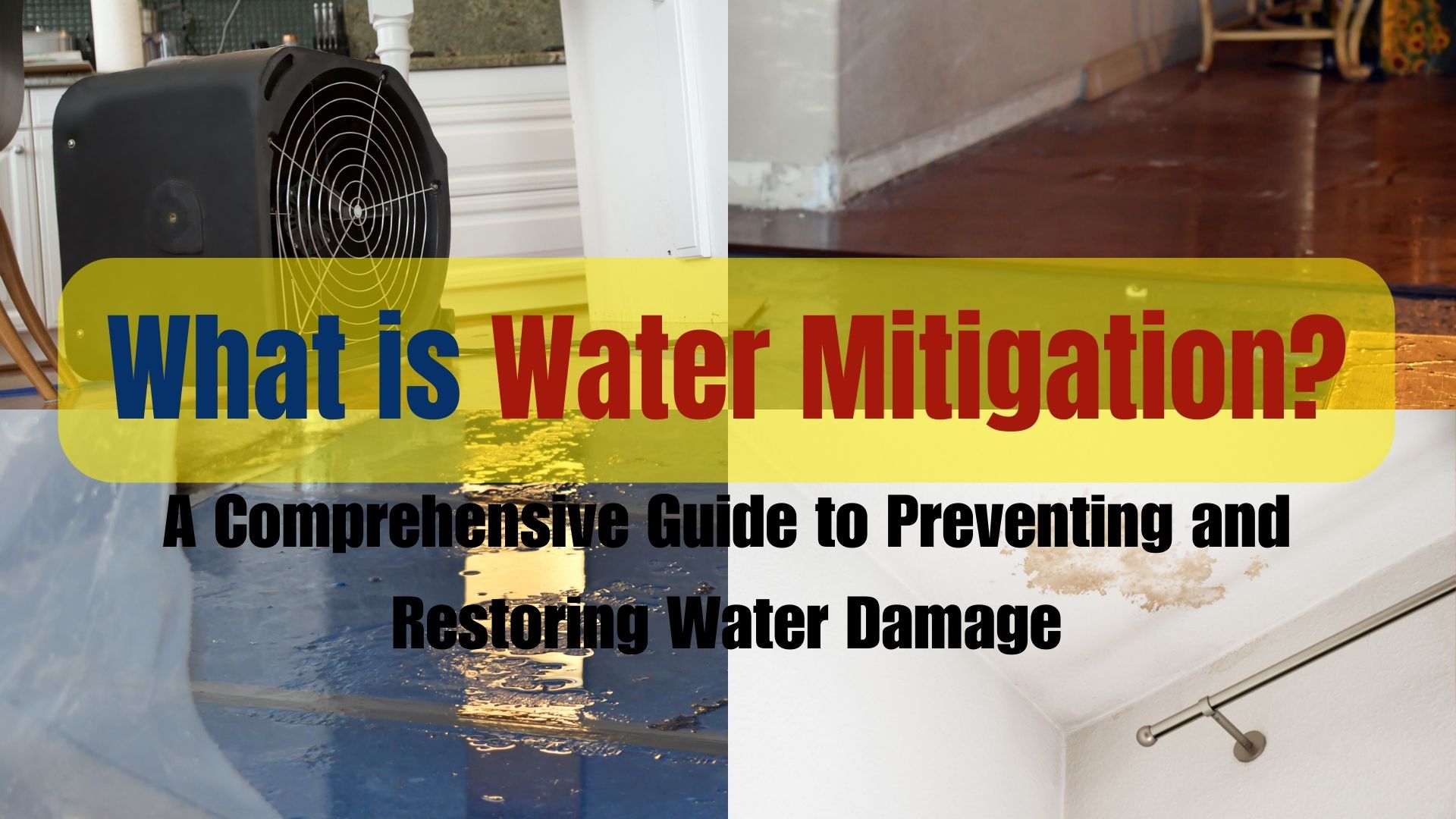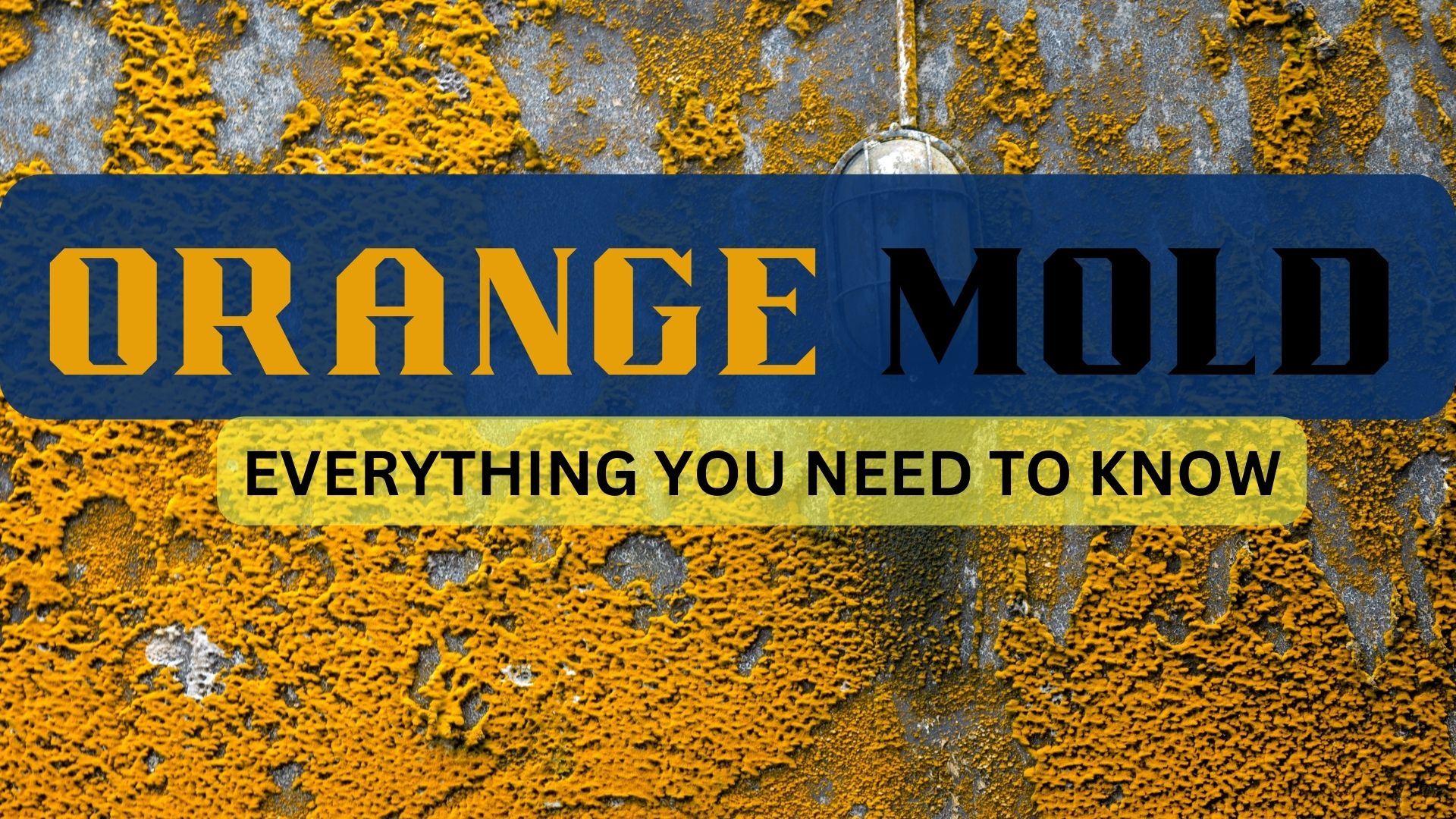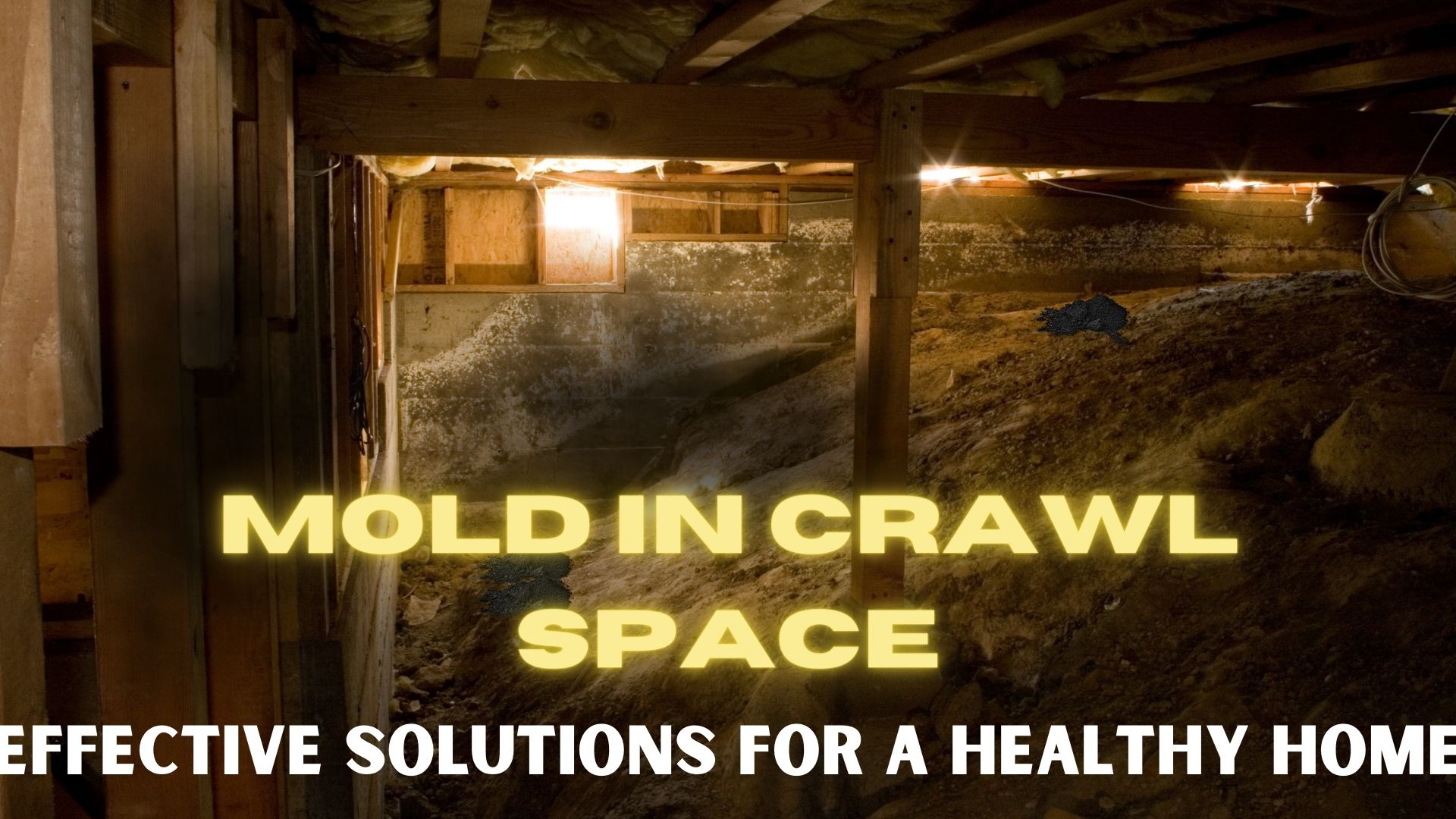 A flooded basement can happen at any time and cause distress to every homeowner. Be it a rainy or dry season, water in your basement can have a devastating effect on your home. Burst water pipes or heavy rains can potentially seep into your basement and cause serious flood damage.
A flooded basement can happen at any time and cause distress to every homeowner. Be it a rainy or dry season, water in your basement can have a devastating effect on your home. Burst water pipes or heavy rains can potentially seep into your basement and cause serious flood damage.
While flooding can be very disastrous, time is of the essence. The sooner you start your basement flooding cleanup, the more likely you’ll be able to restore your possessions. And this will also save your home from the effects of water damage. Read on to learn tips on how to clean a flooded basement.
Furthermore, it is best to hire an expert who specializes in basement water damage cleanup and restoration.
Causes of a Flooded Basement
There are many reasons why a flooded basement and water damage occur. The most common causes include:
- Water supply line failure
- Sewage backup
- Poorly sealed basement
- Clogged gutters
- Poor lot grading
- Weather events
Whether a flood or a seepage happens, both can pose threats to your safety and health.
Taking action now when your basement experiences these issues can help you save pennies on repairs later. Please continue reading this article to learn some tips to help you clean up after a flood and prevent further damage.
How To Clean a Flooded Basement
Once the source of the flood has been solved, you may start cleaning up your wet basement as soon as possible. Call your insurance provider to file a claim if you have flood insurance for serious flood issues.
1. Turn off the electricity before entering your basement. Contact a qualified electrician when needed.
2. Put on a mask, rubber or plastic gloves, waterproof boots, and goggles to protect yourself. Floodwater may contain chemicals, raw sewage, and pollutants that are hazardous
3. Remove water immediately to prevent water and mold damage. Emptying water frequently is necessary if you are using a wet/dry vacuum or a bucket. A sump pump helps to remove and drain water far from your home.
4. Don’t forget to take photos of the damaged property which is a requirement when filing an insurance claim.
5. Remove all your belongings, wet furniture, and other materials from the basement. Identify which of your belongings are still salvageable and which materials are not.
Because mold grows within 48 hours, you should respond to your flooded basement immediately. Items with electrical wiring including outlets that are located in the flooded area should be thrown away according to *NEMA. Dispose of and separate damaged items as well.
6. Scrub walls, floor, and other surfaces with warm water and detergent. Others use chlorine bleach to sanitize the area. Ensure that your basement is properly ventilated by opening the basement windows and using fans.
7. Place big fans for a quicker drying process once standing water has been removed. Another important tool in preventing damage from a flooded basement is an air mover. This can also dry the area completely. Moreover, investing in a compact dehumidifier is essential to make the basement dry.
Flooded Basement: Prevent Now!
The basement is susceptible to water damage so after fixing this issue, what’s next?
Prevent a flooded basement by taking precautions and making sure that this never happens again. Protect your home against possible flooding by considering the following tips:
- Your basement’s waterproofing system can save you from flooding and water damage in the future. This includes installing a sump pump and ensuring that your sump pump continues to work even in case of power failure. Maintain your sump pump once a year.
- Avoid pouring grease down the sink or flushing items that would clog your plumbing system.
- Maintaining your water heater and plumbing once a year.
- Hiring a professional to inspect the condition of your sanitary lateral every 5 to 10 years.
- Leaving under-sink cabinet doors open and setting your thermostat to 60 degrees or higher always helps prevent frozen pipes.
- Checking the walls of your basement for any weak spots or cracks.
- Sealing basement walls, windows, floors, window wells, exterior openings, vents, and the foundation.
- Keeping water away from the foundation by grading the landscape away from your home to drain rainwater naturally.
- Extending downspouts at least 5 feet away from the exterior walls of your home.
- Maintaining shallow ditches and clearing of any obstructions.
- Clearing and cleaning gutters and downspouts of leaves and other debris to ensure proper drainage of rainwater.
- Planting around your home to help soak up excess water. (eg. trees, shrubs)
- Fixing or replacing the perforated pipe surrounding the perimeter of your foundation.
- Consult an expert for waterproofing your basement and for repairs.
Clean a Flooded Basement with Professional Flood Damage
Should your home suffers from a flooded basement; ask for help from a professional water damage restoration company, like Superior Restoration. This requires immediate action so as to prevent making matters much worse.
Prevent damage with Superior Restoration and Shamrock Cleaning now!
For professional flood damage and water damage cleanup and restoration services, please contact our local office today, Water Damage Rancho Cucamonga. We can be on hand 24/7 and will respond right away.




